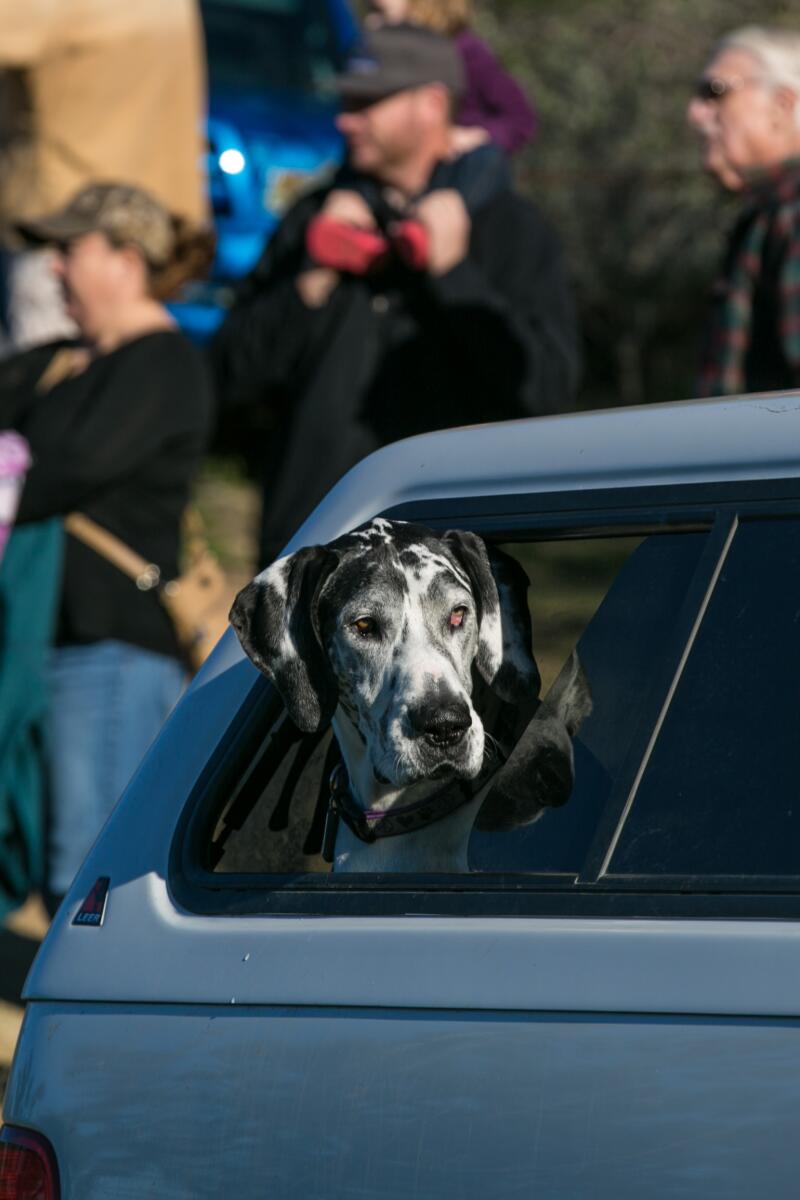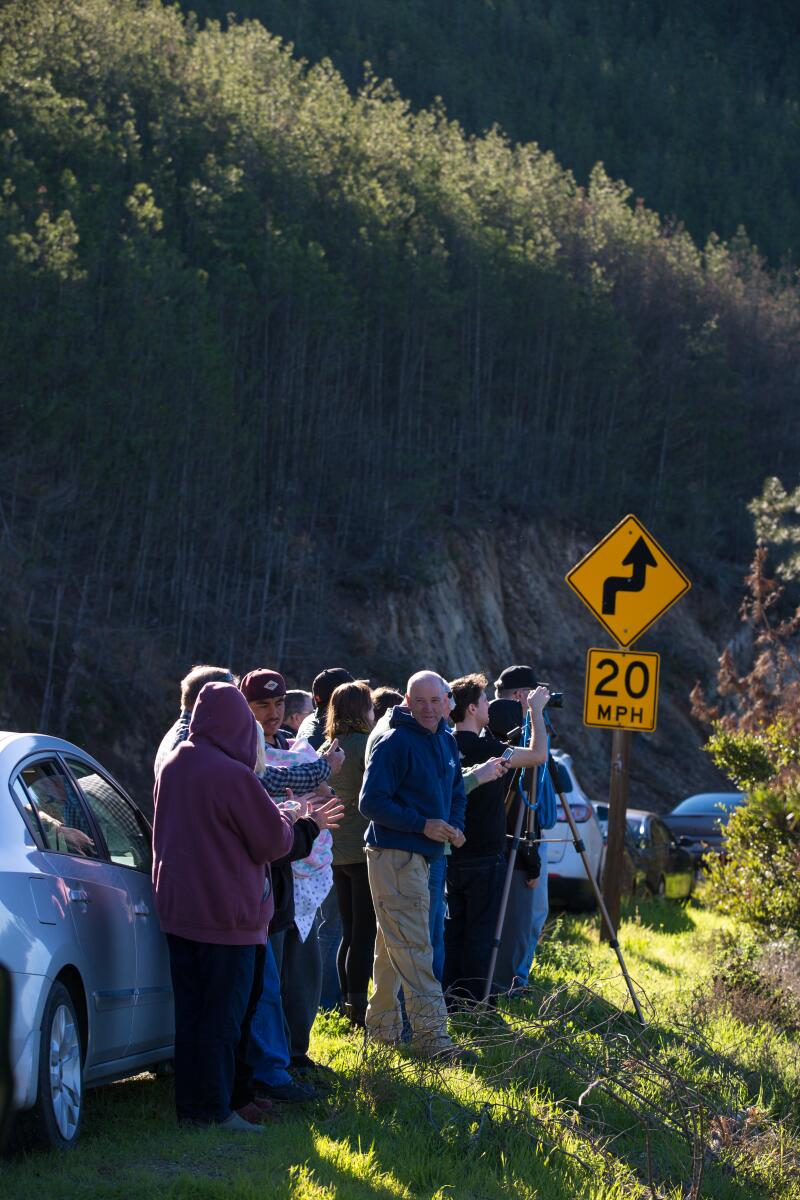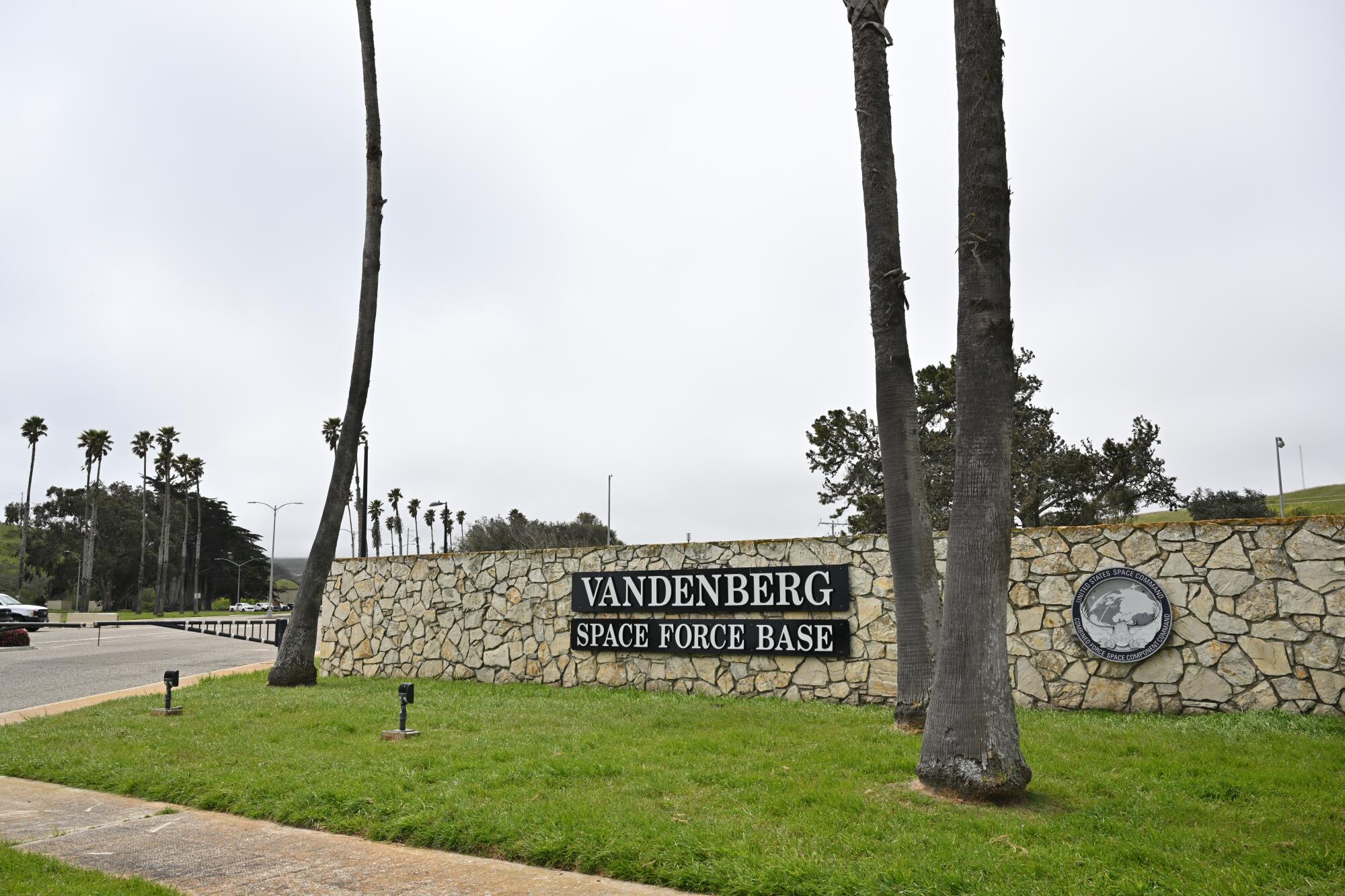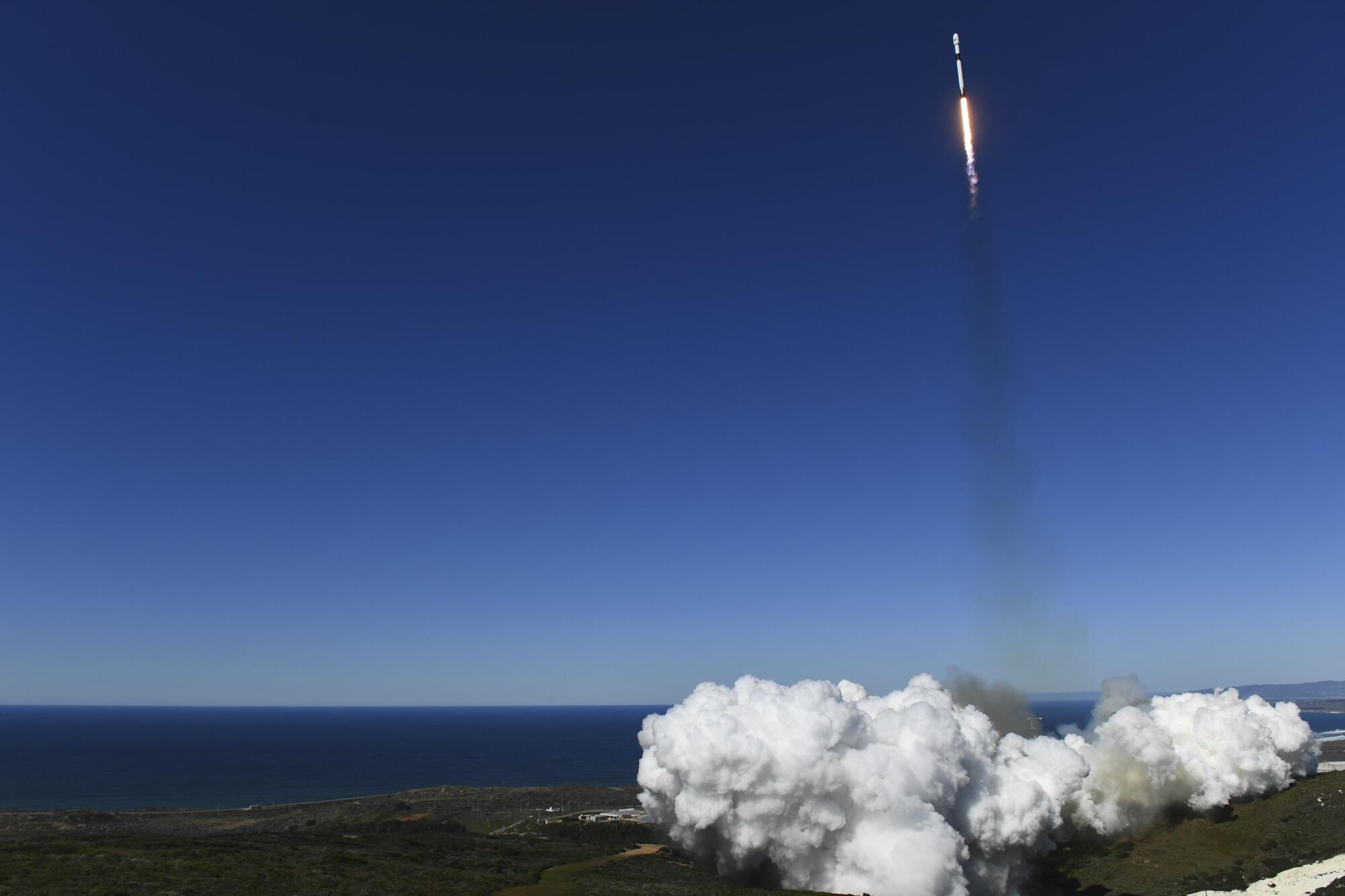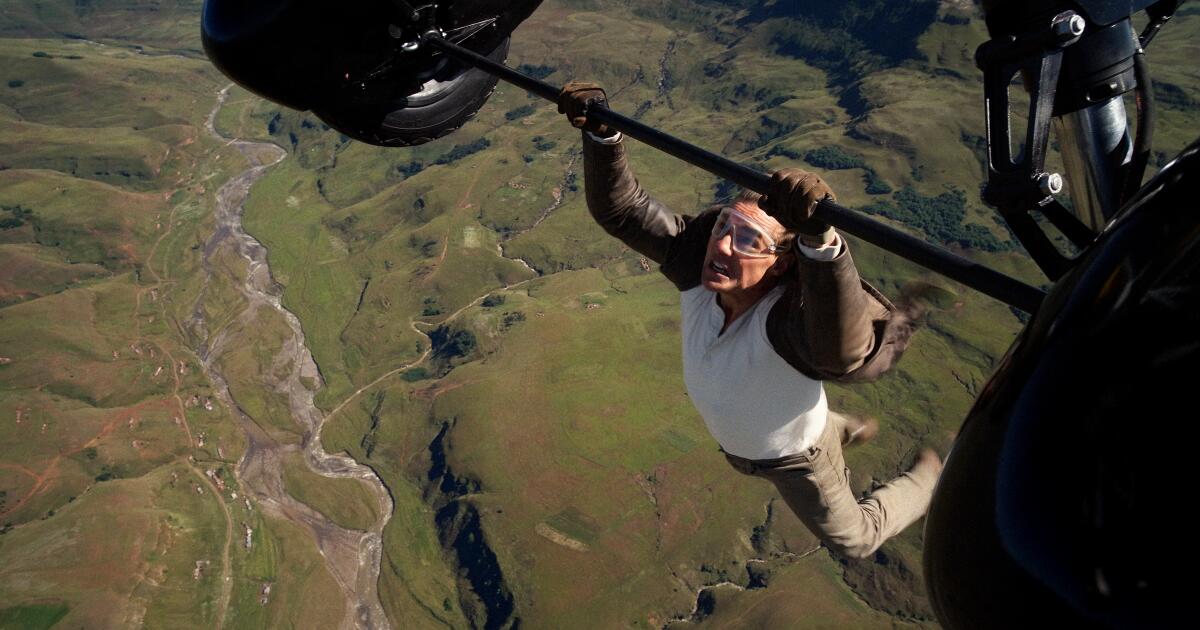Thrill of the night train: from Vienna to Rome on the next-gen moonlight express | Rail travel
Toasted ham baguettes in hand, we cheered as the new-generation Nightjet drew into Vienna Hauptbahnhof. It was a little before 7pm, and as the carriages hummed past I felt a rush of joy, like celebrity trainspotter Francis Bourgeois, but without the GoPro on my forehead. For more than three years I’ve been documenting the renaissance of sleeper trains, and I’d wondered if I might one day tire of them. But the thrill seems only to intensify each time I embark on another nocturnal adventure, this time with my two daughters – aged eight and five – who were already arguing over the top berth. The first four carriages were designated for travellers to the Italian port city of La Spezia, the other seven carrying on to Roma Tiburtina, where we would alight at 10am. Once in Rome we had 24 hours to eat classic carbonara, dark chocolate gelato, and bike around the Villa Borghese before taking a train to Florence.
Austrian Federal Railways (ÖBB) has played the lead role in resuscitating Europe’s night trains. Towards the end of 2016, ÖBB launched its Nightjet network on 14 routes, using old rolling stock it bought from Deutsche Bahn. Then, to the delight of train nerds like me, it launched a brand-new fleet at the end of 2023, and now operates 20 routes across Europe. We were now on board this high-spec service, which smelled of freshly unpacked furniture, the carpets soft underfoot, the lighting adjustable to disco hues of neon blue and punk pink.
We were booked into a couchette carriage, which mostly comprisesd mini cabins designed for solo travellers preferring privacy. Placing shoes and small bags in lockers, passengers can open a metal door with a keycard and crawl into their single berth, drawing the door closed around them, and not have to look at another human until morning. Last year I had trialled the mini cabins from Vienna to Hamburg alongside a tall friend who had likened the experience to sleeping inside a bread bin, though I hadn’t found it as claustrophobic as I’d feared, just a bit hard, chilly, and with a pillow as flat as a postage stamp. So I was curious to see how the carriage’s four-person private compartments, for families and groups, would differ.
Normally happy to share with strangers, I’d booked a whole compartment for the three of us: more to protect other hapless travellers from my children, who were now swinging off the berths like members of Cirque du Soleil, their sweaty socks strewn under the seats. With raised sides, the upper berths were safe for the girls to sleep in without rolling out, and I set about tucking in their sheets while they settled down to finish their baguettes. There is no dining car on the Nightjet, so we’d bought food from the station, which was now moving backwards as the train sailed out of the Austrian capital in silence, smoothly curving south-west.
Two days earlier we’d arrived in Vienna by train from London, via Paris, and had checked into the Superbude Wien Prater, a curious hotel that appeared part art-installation, part hostel, with gen Zs slouched around worn leather sofas on MacBooks. With four-bed family cabins overlooking the Prater amusement park, it was a great location from which to explore the city, then finish the evening with a terrifying rollercoaster and a spicy Bitzinger wurst. A friend had described Vienna to me as a grand and beautiful “retirement village”, but, on the contrary, its green spaces, playgrounds and museums made it an easy stop for 48 hours with kids.
Hopping off the Nightjet from Paris, we’d gone straight to my favourite restaurant, Edelgreisslerei Opocensky – an unassuming nook serving homely dishes such as stuffed gnocchi, and goulash with dumplings – before whiling away an afternoon at the Children’s Museum at Schönbrunn Palace.
Dressing up like young Habsburgs, the girls had swanned around in wigs and musty gowns, laying tables for banquets and begging not to leave – a far cry from our usual museum experiences. Before boarding this train we’d had one last run around the interactive Technical Museum, where the human-sized hamster wheels, peg games and slides had so worn out the children that my five-year-old was asleep as the train plunged into the Semmering mountain pass.
It was still light as we swept around the Alps, my eight-year-old kneeling at the window and asking where local people shopped, so few and far between were signs of human life. Horses grazed in paddocks, cows nuzzled, and the occasional hamlet emerged from round a bend as though the chalets were shaken like dice and tossed into the slopes. In the blue-grey twilight we watched streams gleam like strips of metal, and spotted a single stag poised at the edge of a wood, before the train made a long stop at the Styrian city of Leoben, at which point we turned in.
Like the mini cabins, the compartment was still too cold, the pillow still too flat, but the berths were wider and the huge window a blessing compared with the single berths’ portholes – this one allowed for wistful gazing.
Shoving a rolled-up jumper under my head, I fell asleep, waking at 7am to rumpled clouds and a golden flare on the horizon. Most night trains terminate soon after passengers have woken up, but this one was perfect, allowing us to enjoy a leisurely breakfast of hot chocolate and jam rolls while watching the Tuscan dawn breaking into song, and Umbrian lakes and cornfields running parallel before we finally drew into Rome – on time.
When travelling alone I relish arriving with the entire day at my disposal, but with children it’s hard work waiting until 3pm to check in to accommodation, so I default to staying at a Hoxton hotel if one is available. Its Flexy Time policy allows guests to choose what time they check in and out for free, and by 11am we had checked in, showered and set off to toss coins in the Trevi fountain, finding thick whorls of eggy carbonara at nearby trattoria Maccheroni, and gelato at Don Nino. To avoid the crowds and heat, we waited until 6pm to hire an electric pedal car from Bici Pincio at the Villa Borghese and drove around the landscaped, leafy grounds, relishing the quietness of the evening ride. Excited about the next adventure in Florence, the girls had only one complaint: that they couldn’t ride there on the night train.
Monisha Rajesh is the author of Moonlight Express: Around the World by Night Train (Bloomsbury, £22), published on 28 August and available on pre-order at guardianbookshop.com
Omio provided travel in a four-person private compartment in a couchette carriage from Vienna to Rome (from £357). Accommodation was provided by Superbude Wien Prater in Vienna (doubles from €89 room-only); and The Hoxton in Rome (doubles from €189 room-only)


